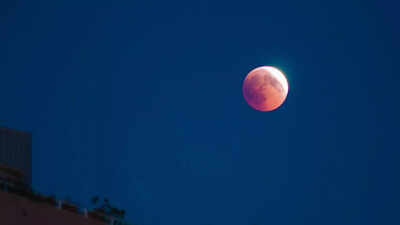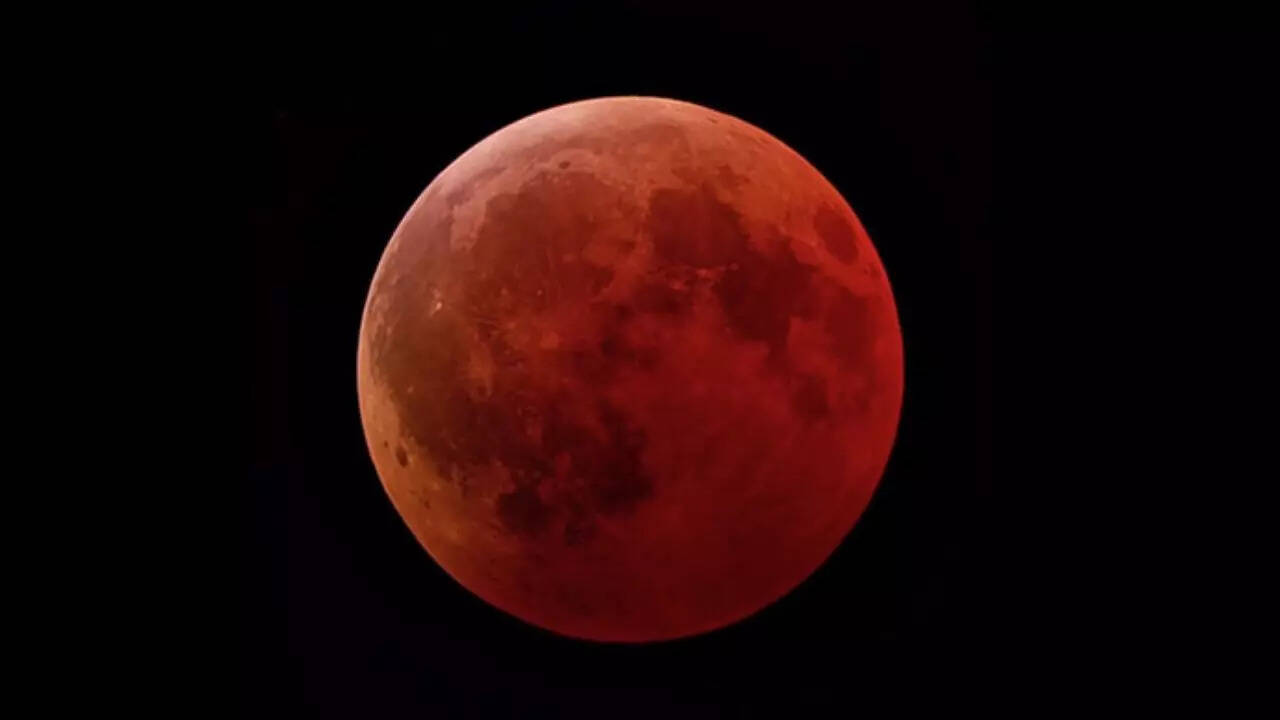ARTICLE AD BOX

Lunar eclipses have captivated humanity for millennia, inspiring awe, curiosity, and sometimes even superstition. When the Moon slowly slips into Earth’s shadow, it transforms from a familiar silver orb into a glowing copper disc, casting an ethereal light across the night sky.
While some eclipses last only a brief moment, others stretch for over an hour, offering extended opportunities to observe this celestial spectacle. From ancient civilisations to modern stargazers, long total lunar eclipses have fascinated observers with their beauty and rarity, connecting people across centuries in wonder at the rhythms of the cosmos.
A look at the longest lunar eclipses: When the moon stays red
Here, we explore the ten longest total lunar eclipses ever recorded, according to NASA, spanning thousands of years and even reaching into the future.
| Rank | Date | Duration | Notes |
| 1 | July 16, 2000 | 1h 46m 24s | Longest total lunar eclipse of the 20th century. |
| 2 | May 31, 0318 | 1h 46m 36s | Longest total lunar eclipse on record. |
| 3 | June 12, 1443 | 1h 46m 14s | Longest total lunar eclipse of the 15th century. |
| 4 | August 7, 1954 | 1h 46m 09s | Longest total lunar eclipse of the 1st millennium. |
| 5 | June 9, 2123 | 1h 46m 06s | Longest total lunar eclipse of the 22nd century. |
| 6 | April 11, -0098 | 1h 46m 04s | Longest total lunar eclipse of the 1st century BCE. |
| 7 | March 7, 1262 | 1h 44m 09s | Longest total lunar eclipse of the 13th century. |
| 8 | July 27, 2018 | 1h 42m 57s | Longest total lunar eclipse of the 21st century. |
| 9 | December 28, 1917 | 1h 11m 58s | Shortest total lunar eclipse of the 20th century. |
| 10 | July 16, 2000 | 1h 46m 24s | Longest total lunar eclipse of the 20th century. |
31 May, 0318 – 1 hour 46 minutes 36 seconds

Source: NASA
The longest total lunar eclipse ever recorded took place on this day. Observers would have witnessed the Moon fully enveloped in Earth’s shadow for nearly one hour and forty-seven minutes. Such an extended eclipse was extraordinarily rare, leaving a lasting impression and likely inspiring both awe and mythological interpretations among those who saw it.7 August, 0054 – 1 hour 46 minutes 9 seconds

Source: NASA
The longest eclipse of the first millennium, this event would have been a spectacular sight for early astronomers.
Its lengthy duration allowed careful observation of the Moon’s changing colours as it passed through the stages of Earth’s shadow.11 April, 98 BCE – 1 hour 46 minutes 4 seconds

Source: NASA
This eclipse, occurring in the first century BCE, was among the longest of the ancient world. Civilisations witnessing it may have interpreted it as a celestial omen, while also enjoying the rare chance to see the Moon’s subtle reddish glow during totality.12 June, 1443 – 1 hour 46 minutes 14 seconds

Source: NASA
During the 15th century, this prolonged eclipse captivated onlookers.
Its duration made it ideal for detailed observation, inspiring both scientific interest and artistic representations of the Moon in shadow.9 June, 2123 – 1 hour 46 minutes 6 seconds

Source: NASA
Looking ahead to the 22nd century, this eclipse is expected to be the longest of its century. Modern observers will have the opportunity to experience a display rivalled only by the great eclipses of history, combining advanced astronomical tools with the timeless wonder of gazing at the sky.16 July 2000 – 1 hour 46 minutes 24 seconds

Source: NASA
As the 20th century drew to a close, this eclipse offered an exceptionally long duration of totality. It provided both amateur stargazers and professional astronomers a rare chance to observe a lengthy and striking celestial event.7 March, 1262 – 1 hour 44 minutes 9 seconds

In the 13th century, this long eclipse would have been carefully noted by astronomers and chroniclers. Its unusual length made it significant for both scientific record-keeping and symbolic interpretation.27 July, 2018 – 1 hour 42 minutes 57 seconds

The longest total lunar eclipse of the 21st century captured global attention. Lasting nearly one hour and forty-three minutes, it offered a stunning spectacle, made even more remarkable with the aid of modern photography and worldwide media coverage.28 December, 1917 – 1 hour 11 minutes 58 seconds

Although shorter than the others on this list, this total eclipse demonstrated the diversity in the duration of lunar eclipses. Every eclipse, no matter the length, presents a unique rhythm and a chance to witness the Moon’s transformation under Earth’s shadow.Also read | The Telescopefish: This binocular-eyed deep-sea hunter looks straight out of a supervillain movie



.png)
.png)
.png)
















 1 hour ago
4
1 hour ago
4









 English (US) ·
English (US) ·